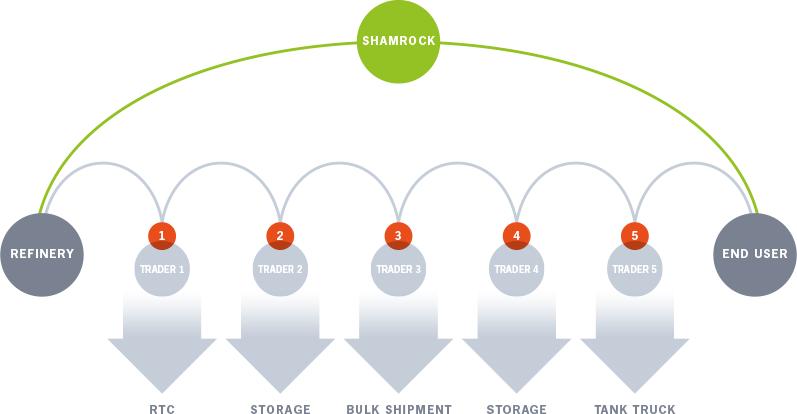|
In today's technologically advanced world, neural networks have emerged as a groundbreaking tool for solving complex problems. With their ability to mimic the human brain, these artificial intelligence systems are revolutionizing various industries, from healthcare to finance and everything in between. Neural networks, also known as artificial neural networks (ANNs), are computational models inspired by the structure and functionality of the human brain. They consist of interconnected nodes, or "neurons," that work together to process information and learn from data patterns. These networks excel at tasks such as pattern recognition, classification, prediction, and decision making. One of the key advantages of neural networks is their ability to handle vast amounts of data. By feeding large datasets into the network, it can recognize intricate patterns and extract valuable insights that may be difficult for humans to discern. This capability makes them invaluable in fields like medical diagnosis, where they can analyze patient data to detect disease patterns and aid in early detection. Furthermore, neural networks possess the remarkable ability to learn and improve over time through a process called training. During training, the network adjusts the connection weights between neurons to optimize its performance. By iteratively refining its parameters based on feedback, the network becomes increasingly accurate and efficient in making predictions or decisions. The applications of neural networks are extensive across multiple industries. In finance, these networks are used for stock market predictions, fraud detection, and credit scoring. In manufacturing, they optimize production processes and detect anomalies in machinery. In autonomous vehicles, neural networks play a crucial role in perception and decision-making systems, enhancing road safety. Despite their remarkable capabilities, neural networks face certain challenges. One notable hurdle is the interpretability of their decisions. As neural networks operate as black boxes, understanding how they arrive at specific conclusions can be challenging. Researchers are actively exploring techniques to address this limitation, ensuring transparency and accountability. Moreover, the computational requirements of neural networks can be demanding. Training complex networks with massive datasets often requires substantial computing power and resources. However, advancements in hardware, such as graphics processing units (GPUs) and specialized accelerators, have significantly improved the efficiency and speed of neural network training and inference. Looking ahead, the future of neural networks holds immense promise. As technology continues to advance, we can expect even more sophisticated architectures and algorithms to emerge. Reinforcement learning, generative adversarial networks (GANs), and deep reinforcement learning are just a few examples of cutting-edge techniques that further expand the capabilities of neural networks. In conclusion, neural networks represent a pivotal advancement in the field of artificial intelligence. Their ability to process vast amounts of data, learn from patterns, and make accurate predictions has revolutionized numerous industries. With ongoing research and technological advancements, neural networks are poised to continue transforming our world and shaping the future of technology.  |
